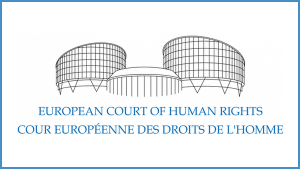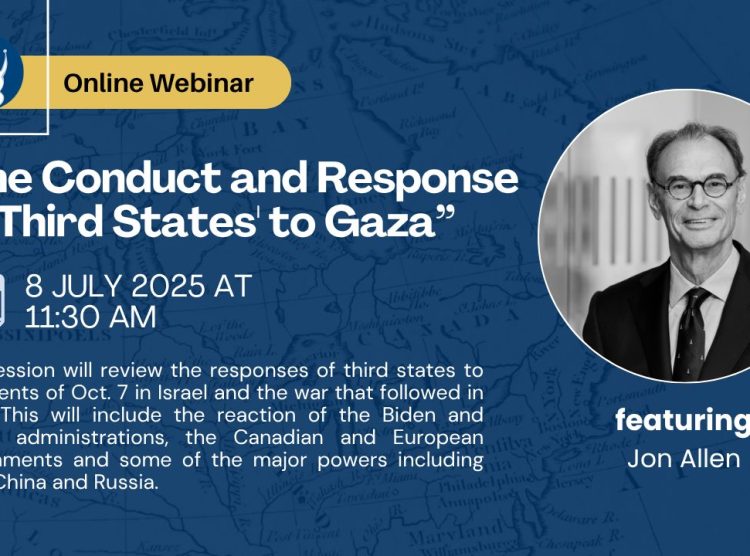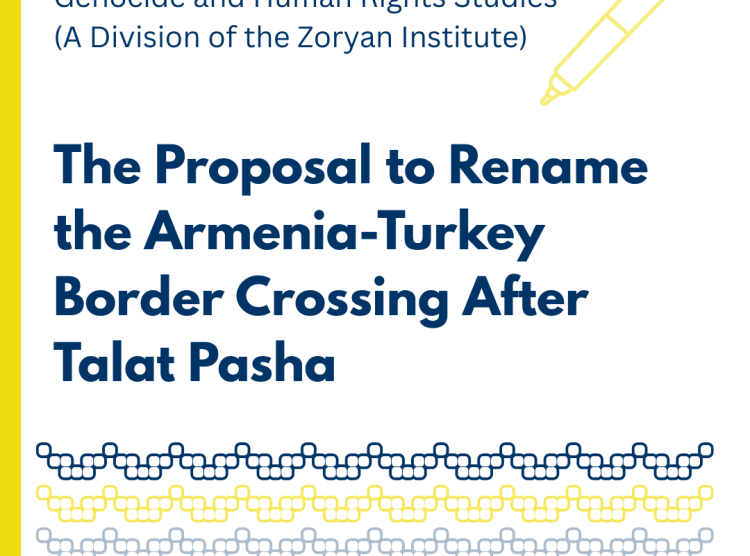 On September 20th, 2018, the European Court of Human Rights (ECHR) released a ground-breaking verdict in response to calls for evaluation of the treatment and persecution of citizens who were arrested in relation to the March 1st 2008 protests in Yerevan, Armenia. Mr. Mushegh Saghatelyan, one such arrested activist, had complained of “ill-treatment by the police” and that his arrest had been unlawful. He furthermore had asserted that the entire case brought against him by the Armenian government was fabricated. In the Chamber judgement, the European Court of Human Rights held, unanimously, that there had been violations of several articles, including the right to liberty and security, and the right to a fair trial. In response to this judgement, the Court held that Armenia was to pay Mr. Saghatelyan 15,600 euros (EUR) “in respect of non-pecuniary damage” and EUR 5,000 “in respect of costs and expenses.”
On September 20th, 2018, the European Court of Human Rights (ECHR) released a ground-breaking verdict in response to calls for evaluation of the treatment and persecution of citizens who were arrested in relation to the March 1st 2008 protests in Yerevan, Armenia. Mr. Mushegh Saghatelyan, one such arrested activist, had complained of “ill-treatment by the police” and that his arrest had been unlawful. He furthermore had asserted that the entire case brought against him by the Armenian government was fabricated. In the Chamber judgement, the European Court of Human Rights held, unanimously, that there had been violations of several articles, including the right to liberty and security, and the right to a fair trial. In response to this judgement, the Court held that Armenia was to pay Mr. Saghatelyan 15,600 euros (EUR) “in respect of non-pecuniary damage” and EUR 5,000 “in respect of costs and expenses.”
The Zoryan Institute, committed to examining the forces and factors which shape Armenian life and contemporary history, has closely followed the subsequent developments of the March 2008 protests, violence and killings in Yerevan, Armenia. The September 20th ECHR ruling offers the first tangible evidence of the corruption and wrongful prosecution that followed the March 2008 protests, as well as the ongoing failures of the Armenian judicial system. The ruling confirms that in the wake of the 2008 clashes the government willingly distorted the truth of the events. Armenian President Robert Kocharyan opted to use the army against opposition protesters because, according to Armenian officials, the “government thought the protesters were armed”. Various news outlets reported that on March 2nd, 2008, military vehicles entered the capital. Soldiers used gunfire and tear gas to violently attack the thousands of protesters assembled in the square.
In the days that followed the clashes, news outlets reported that the Armenian government denied excessive force. A ban on public gatherings, media censorship and internet censorship were put in place as reactive measures. Mr. Saghatelyan’s verdict delivers to Armenia, and the world, evidence of the police brutality that was used during this event, confirms that citizens were wrongfully jailed, and represents the first time that victims’ rights in this incident have been established. The ECHR has brought due diligence and justice to a victim involved in the clashes, paving the way for other cases to be opened. The failures of Armenia’s judicial system have been exposed, demonstrating the urgent need for judicial reform. Reform is integral to both the future of Armenia, and to making amends for the corruption and nepotism of the past. One means of enacting the judicial reform is by way of institutional reform, a method associated with transitional justice. The International Center for Transitional justice states that the “…reform of state institutions involved in human rights abuses can be an important transitional justice measure that promotes accountability and helps prevent the recurrence of violations.”
The Zoryan Institute recognizes that the September 20th ECHR ruling could have a profound impact on the future of Armenia. This ruling creates an opportunity for the government to undertake judicial reform, and ultimately establish accountability and trust amongst civil society.
For the full and detailed report released by the ECHR please click on this link: https://hudoc.echr.coe.int/eng-press#
The Zoryan Institute and its subsidiary, the International Institute for Genocide and Human Rights Studies, is the first non-profit, international centre devoted to the research and documentation of contemporary issues with a focus on Genocide, Diaspora and Homeland. For more information about the Zoryan Institute and its projects, please visit one of our websites: www.zoryaninstitute.org or www.genocidestudies.org.




